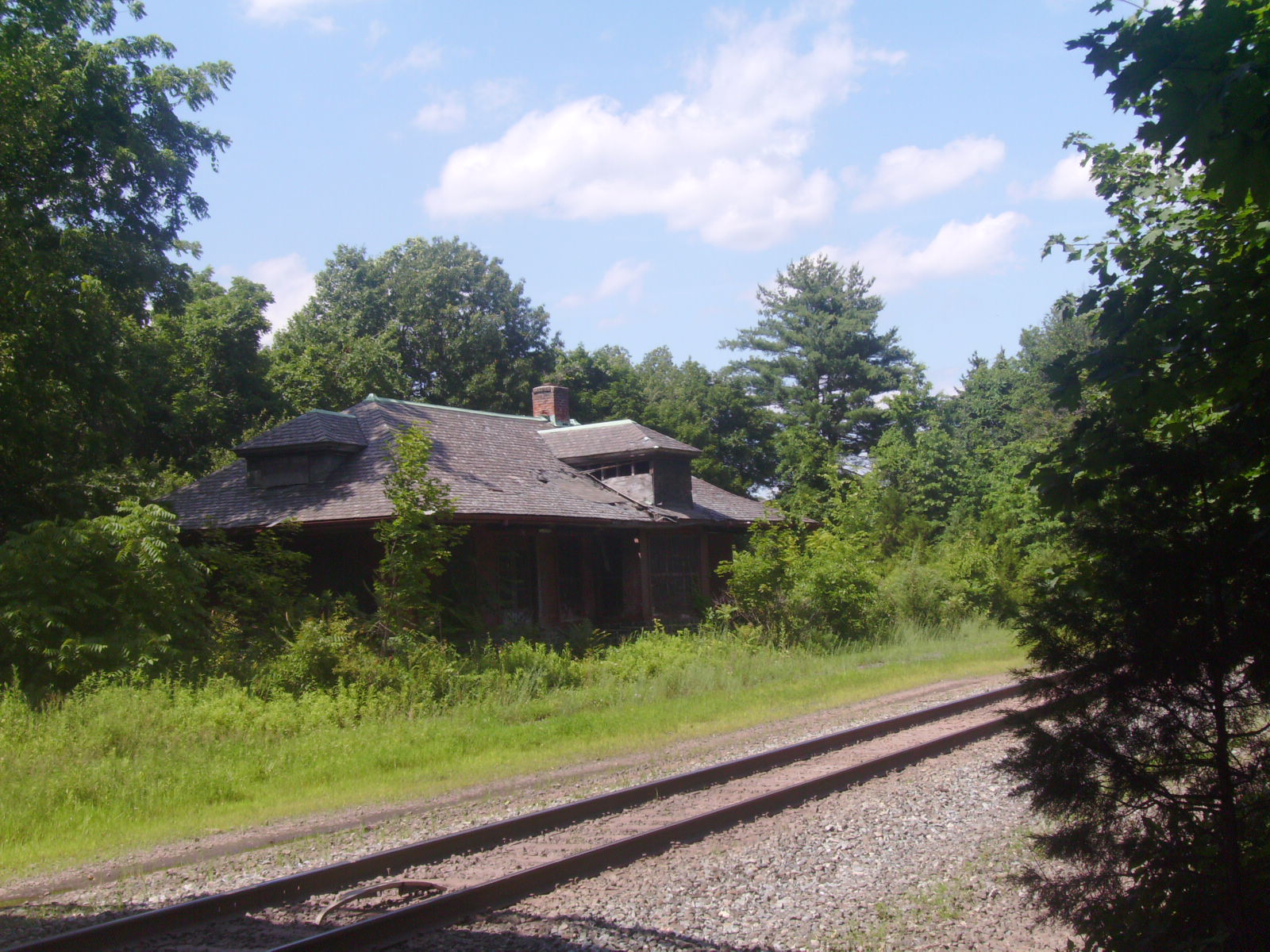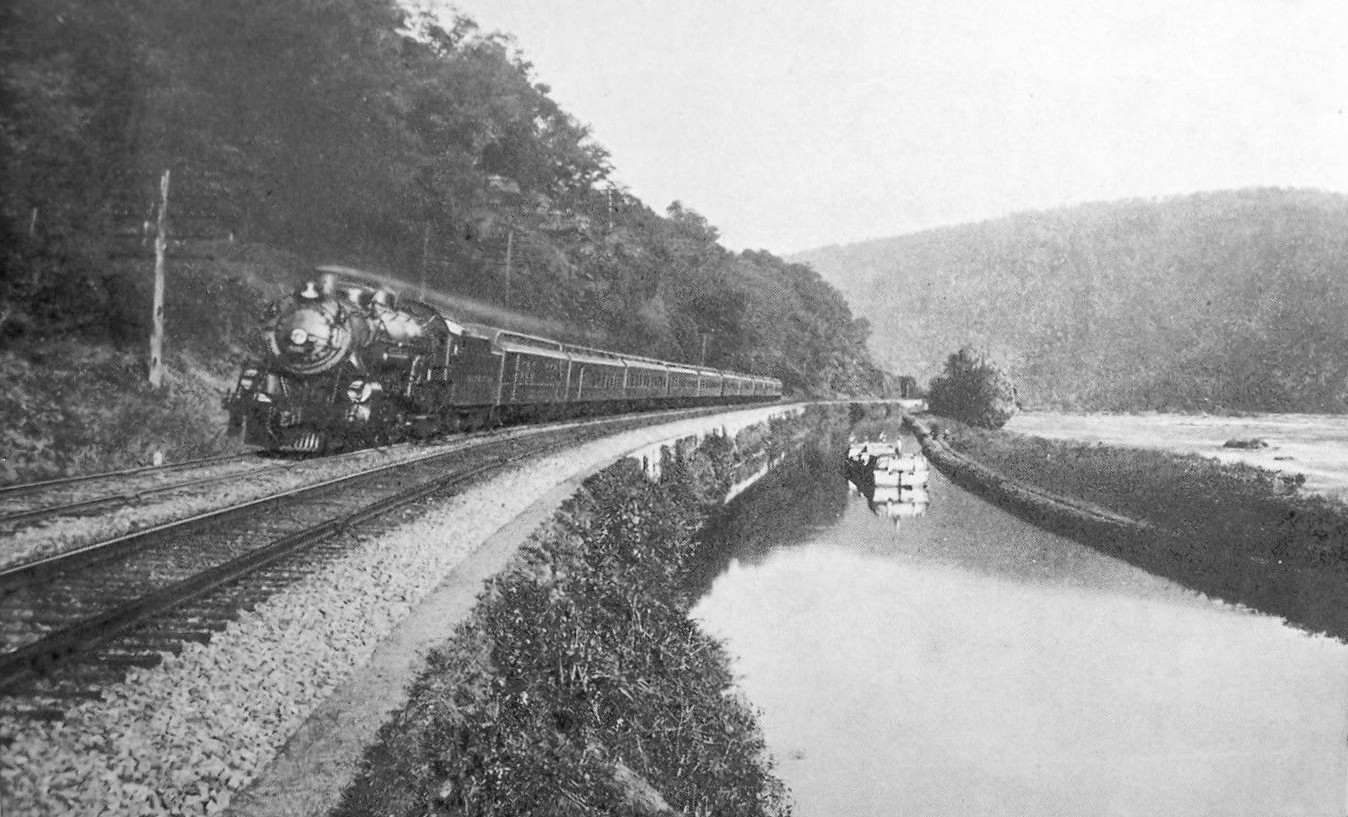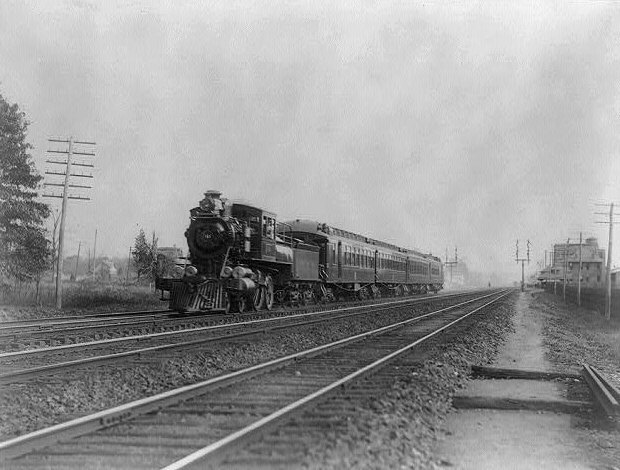|
West Trenton Line (NJ Transit)
The West Trenton Line is a proposed NJ Transit (NJT) commuter rail service that would be operated mostly on the CSX Transportation Trenton Subdivision, connecting West Trenton Station in Ewing Township, New Jersey with Newark Penn Station in Newark, New Jersey. The route would connect with the Raritan Valley Line at Bridgewater and the SEPTA West Trenton Line at West Trenton. , NJT's estimate of the cost of creating a passenger line to West Trenton was $219 million. The project is still on the books, but no funding for the proposal has been secured to this date. Former service Historically, this was a property of the Reading Company. This line carried the Reading's '' Crusader'' and ''Wall Street'' trains, which originally operated as through service from Reading Terminal in Philadelphia to Communipaw Terminal in Jersey City (after 1965, to Newark). Until 1958, Baltimore and Ohio Railroad long distance trains such as the ''Royal Blue'' to Washington, D.C., ''Capitol Limi ... [...More Info...] [...Related Items...] OR: [Wikipedia] [Google] [Baidu] |
Commuter Rail
Commuter rail, or suburban rail, is a passenger rail transport service that primarily operates within a metropolitan area, connecting commuters to a central city from adjacent suburbs or commuter towns. Generally commuter rail systems are considered heavy rail, using electrified or diesel trains. Distance charges or zone pricing may be used. The term can refer to systems with a wide variety of different features and service frequencies, but is often used in contrast to rapid transit or light rail. Similar non-English terms include ''Treno suburbano'' in Italian, ''Cercanías'' in Spanish, Aldiriak in Basque, Rodalia in Catalan/Valencian, Proximidades in Galician, ''Proastiakos'' in Greek, ''Train de banlieue'' in French, '' Banliyö treni '' in Turkish, ''Příměstský vlak'' or ''Esko'' in Czech, ''Elektrichka'' in Russian, ''Pociąg podmiejski '' in Polish and ''Pendeltåg'' in Swedish. Some services share similarities with both commuter rail and high-frequency rapid ... [...More Info...] [...Related Items...] OR: [Wikipedia] [Google] [Baidu] |
Reading Terminal
The Reading Terminal ( ) is a complex of buildings that includes the former Reading Company main station located in the Market East section of Center City in Philadelphia, Pennsylvania, United States. It comprises the Reading Terminal Headhouse, Trainshed, and Market. History Construction In 1889, the Philadelphia and Reading Railway decided to build a train depot, passenger station, and company headquarters on the corner of 12th and Market Streets. The move came eight years after the Pennsylvania Railroad opened its Broad Street Station several blocks away at 15th and Market Streets, and one year after the Baltimore and Ohio Railroad opened its 24th Street Station at 24th and Chestnut Streets. The chosen location was occupied by an open-air market that had been in continuous operation since 1853. After loud complaints and much negotiation, the railroad agreed to purchase the markets for $1 million and move them to a new structure: the Reading Terminal Market, located ... [...More Info...] [...Related Items...] OR: [Wikipedia] [Google] [Baidu] |
Port Reading Junction
Port Reading Junction is a major rail junction (MANS) in Manville, New Jersey serving rail freight travelling between the Port of New York and New Jersey in northeastern New Jersey and points to the south and west. It is the site of Manville Yard. History The junction was originally developed in 1890 by the Reading Railroad Trenton Line near the Lehigh Valley Railroad Main Line to access Port Reading on the Arthur Kill in Woodbridge Township,New Jersey: 2010 - Population and Housing Unit Counts - 2010 Census of Population and Housing (CPH-2-32) , August 2012. Accessed Novem ... [...More Info...] [...Related Items...] OR: [Wikipedia] [Google] [Baidu] |
Budd Rail Diesel Car
The Budd Rail Diesel Car, RDC, Budd car or Buddliner is a self-propelled diesel multiple unit (DMU) railcar. Between 1949 and 1962, 398 RDCs were built by the Budd Company of Philadelphia, Pennsylvania, United States. The cars were primarily adopted for passenger service in rural areas with low traffic density or in short-haul commuter service, and were less expensive to operate in this context than a traditional diesel locomotive-drawn train with coaches. The cars could be used singly or coupled together in train sets and controlled from the cab of the front unit. The RDC was one of the few DMU trains to achieve commercial success in North America. RDC trains were an early example of self-contained diesel multiple unit trains, an arrangement now in common use by railways all over the world. Budd RDCs were sold to operators in North America, South America, Asia, and Australia. They saw extensive use in the Northeast United States, both on branch lines and in commuter service. As p ... [...More Info...] [...Related Items...] OR: [Wikipedia] [Google] [Baidu] |
Center City Commuter Connection
250px, The ASCE plaque in Jefferson Station 250px, City plaque in Jefferson Station The Center City Commuter Connection, (CCCC) commonly referred to as "the commuter tunnel", is a passenger railroad tunnel in Center City, Philadelphia, Pennsylvania, United States, built to connect the stub ends of the two separate regional commuter rail systems, originally operated by two rival railroad companies: the Pennsylvania Railroad and the Reading Company. All of the SEPTA Regional Rail lines except for the Cynwyd Line pass completely through the four-track tunnel, which contains two underground stations, Suburban Station and Jefferson Station, and the above-ground upper-level concourse for the east–west commuter lines serving 30th Street Station. Planning and development Suburban Station, located at 16th Street and JFK Boulevard, was the underground terminus of the commuter rail lines of the Pennsylvania Railroad (PRR). The Reading Company (RDG) ran trains on an elevated approach ... [...More Info...] [...Related Items...] OR: [Wikipedia] [Google] [Baidu] |
SEPTA Diesel Service
The SEPTA Regional Rail system is a commuter rail network owned by the Southeastern Pennsylvania Transportation Authority and serving the Philadelphia Metropolitan area. The system has 13 branches and more than 150 active stations in Philadelphia, Pennsylvania, its suburbs and satellite towns and cities. It is the fifth-busiest commuter railroad in the United States, and the busiest outside of the New York and Chicago metropolitan areas. In 2016, the Regional Rail system had an average of 132,000 daily riders and 118,800 daily riders (As of 2019). The core of the Regional Rail system is the Center City Commuter Connection, a tunnel linking three Center City stations: the above-ground upper level of 30th Street Station, the underground Suburban Station, and Jefferson Station (formerly Market East Station). All trains stop at these Center City stations; most also stop at Temple University station on the campus of Temple University in North Philadelphia. Operations are handle ... [...More Info...] [...Related Items...] OR: [Wikipedia] [Google] [Baidu] |
National Limited
The ''National Limited'' was the premier train of the Baltimore and Ohio Railroad (B&O) on its route between Jersey City, New Jersey and St. Louis, Missouri, with major station stops in Washington, D.C., and Cincinnati, Ohio. (Buses took passengers from New York City to Hudson River ferries; the travelers would transfer onto trains in Communipaw Terminal in Jersey City.) It operated from 1925 to 1971. For much of its life it offered exclusive all- Pullman service, and it was the first long-distance train to be entirely air-conditioned. The ''National Limited'' was one of many trains discontinued when Amtrak began operations on May 1, 1971. Amtrak revived the name for another New York–St. Louis service which did not use the B&O route. History The B&O had previously operated through cars between New York and western points as the ''National Limited'' since December 1916.Herbert H. Harwood, Jr., ''Royal Blue Line''. Sykesville, Md.: Greenberg Publishing, 1990. () The all- Pullm ... [...More Info...] [...Related Items...] OR: [Wikipedia] [Google] [Baidu] |
Capitol Limited (B&O Train)
The ''Capitol Limited'' was an American passenger train run by the Baltimore and Ohio Railroad, originally between New York City and Grand Central Station in Chicago, Illinois, via Union Station, Washington, D.C., Baltimore and Pittsburgh. For almost 48 years, it was the B&O's flagship passenger train, noted for personalized service and innovation. At the time of its discontinuation on May 1, 1971, when Amtrak took over most rail passenger service in the U.S., the Capitol Limited operated between Washington and Chicago. History The ''Capitol Limited'' was inaugurated on May 12, 1923, as an all- Pullman sleeping car train running from Pennsylvania Station in New York City to Chicago, via Washington, D.C. Once west of the Pennsy's Newark station in New Jersey, the train used the Lehigh Valley and Reading Railroad as far as Philadelphia, where it reached B&O's own rails to Chicago. It was designed to compete against the luxury trains of the rival Pennsylvania Railroad and New ... [...More Info...] [...Related Items...] OR: [Wikipedia] [Google] [Baidu] |
Royal Blue (train)
The ''Royal Blue'' was the Baltimore and Ohio Railroad, Baltimore and Ohio Railroad (B&O)'s flagship passenger train between New York City and Washington, D.C., in the United States, beginning in 1890. The Baltimore-based B&O also used the name between 1890 and 1917 for its improved passenger service between New York and Washington, collectively dubbed the ''Royal Blue Line''. Using variants such as the ''Royal Limited'' and ''Royal Special'' for individual ''Royal Blue'' trains, the B&O operated the service in partnership with the Reading Company, Reading Railroad and the Central Railroad of New Jersey. Principal intermediate cities served were Philadelphia, Wilmington, Delaware, Wilmington, and Baltimore. Later, as Europe reeled from the carnage of World War I and connotations of European royalty fell into disfavor, the B&O discreetly omitted the sobriquet ''Royal Blue Line'' from its New York passenger service and the ''Royal Blue'' disappeared from B&O timetables. Beginnin ... [...More Info...] [...Related Items...] OR: [Wikipedia] [Google] [Baidu] |
Baltimore And Ohio Railroad
The Baltimore and Ohio Railroad was the first common carrier railroad and the oldest railroad in the United States, with its first section opening in 1830. Merchants from Baltimore, which had benefited to some extent from the construction of the National Road early in the century, wanted to do business with settlers crossing the Appalachian Mountains. The railroad faced competition from several existing and proposed enterprises, including the Albany-Schenectady Turnpike, built in 1797, the Erie Canal, which opened in 1825, and the Chesapeake and Ohio Canal. At first, the B&O was located entirely in the state of Maryland; its original line extending from the port of Baltimore west to Sandy Hook, Maryland, opened in 1834. There it connected with Harper's Ferry, first by boat, then by the Wager Bridge, across the Potomac River into Virginia, and also with the navigable Shenandoah River. Because of competition with the C&O Canal for trade with coal fields in western Maryland, t ... [...More Info...] [...Related Items...] OR: [Wikipedia] [Google] [Baidu] |





_train.jpg)